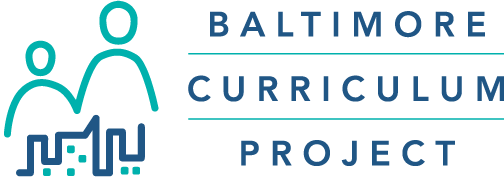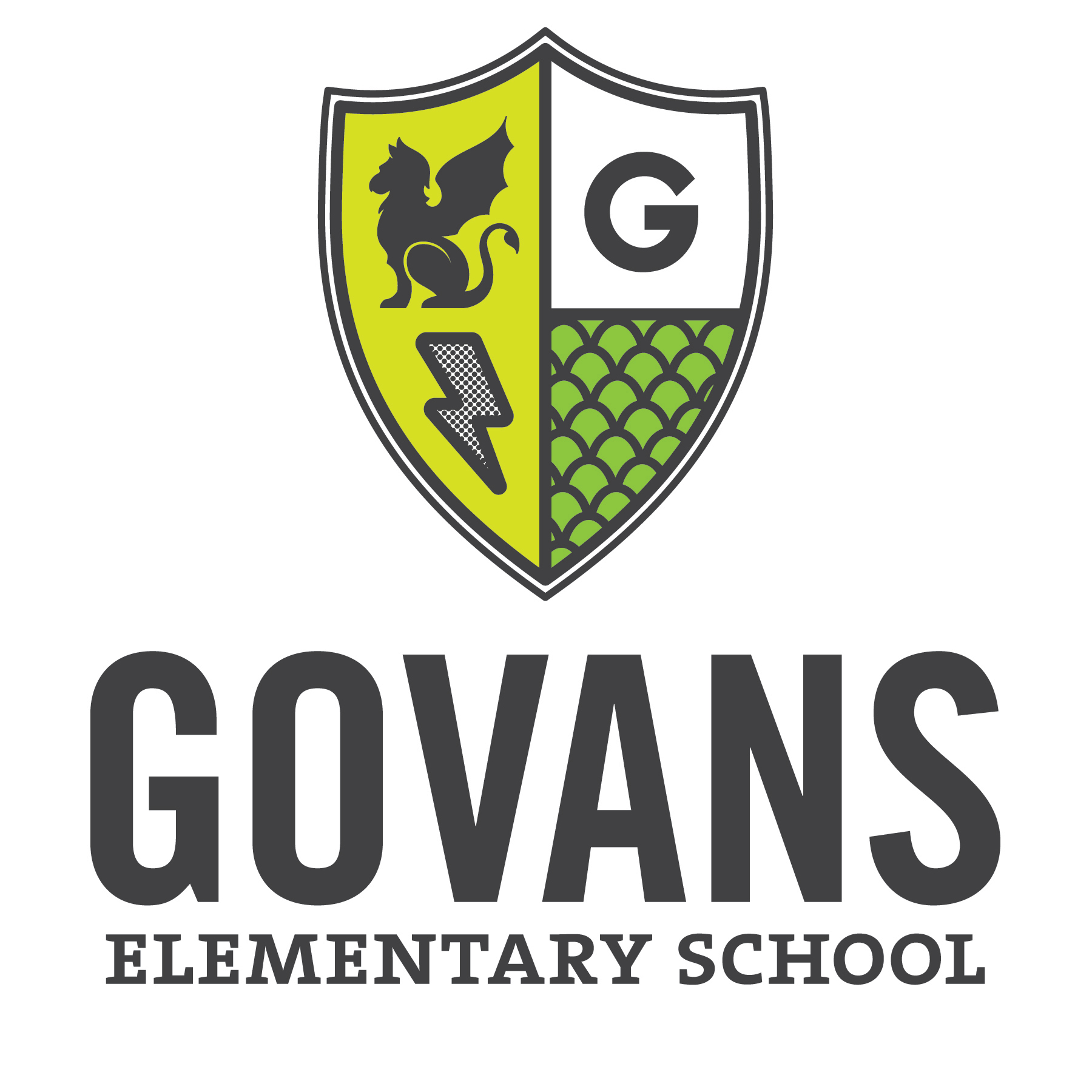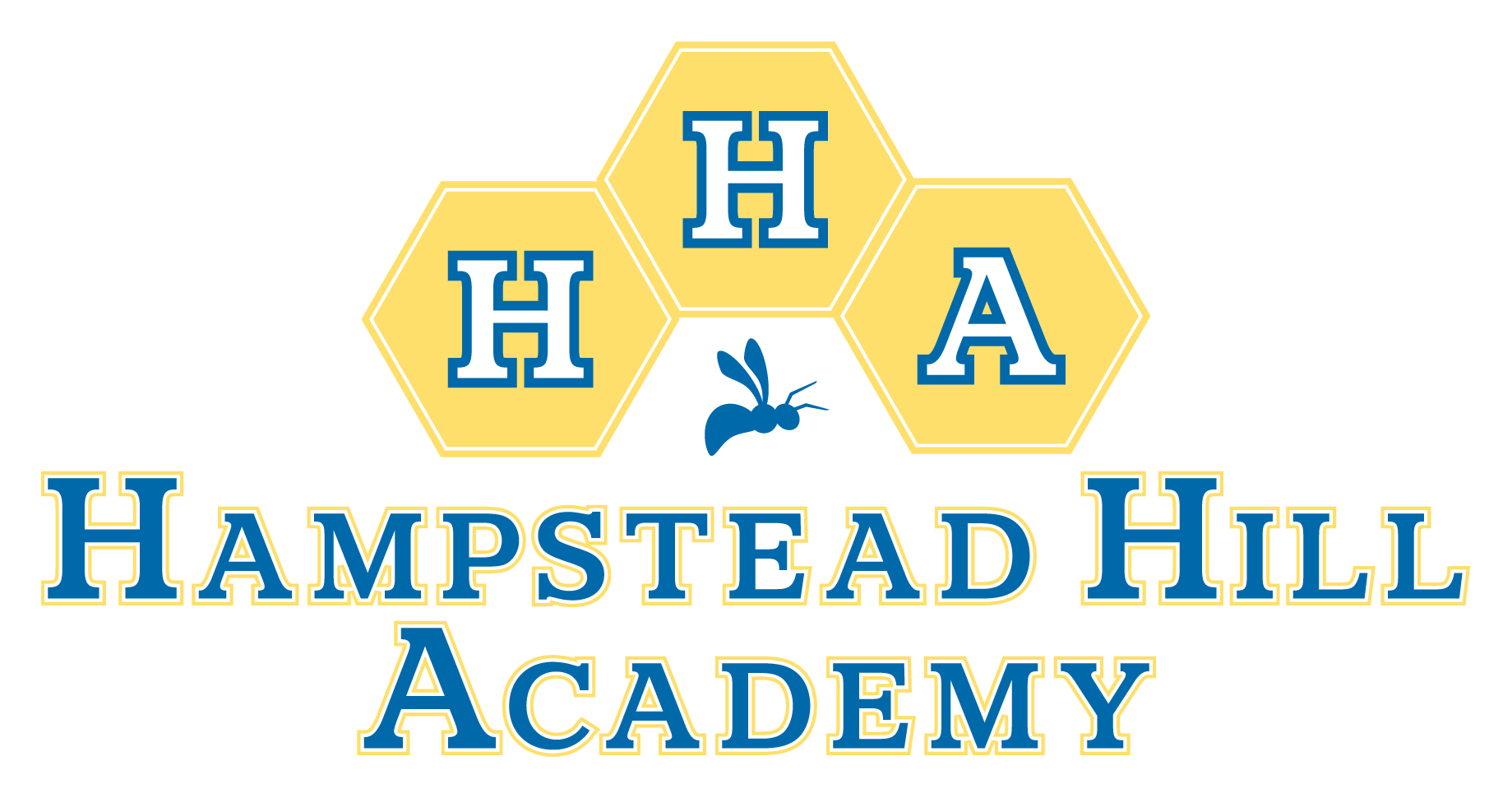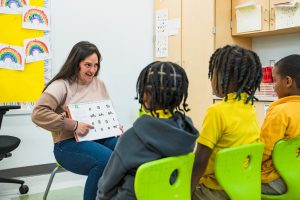
There’s been a battle for years over how children learn to read and the best way to teach them to read. These “reading wars” have heated up again since the pandemic and the post-pandemic learning loss facing our nation.
While Maryland students have made impressive strides in English proficiency, as evidenced by the 2023 Maryland Comprehensive Assessment Program (MCAP) – great news – the Northwest Evaluation Association (NWEA), the assessment group Baltimore Curriculum Project (BCP) uses, estimated that “on average, students will need the equivalent of 4.1 additional months of instruction in reading to meet pre-pandemic levels of achievement.”
With the start of the new school year, there’s a resurgence in the Science of Reading, now the buzzword in education, as schools and teachers are re-evaluating what works and doesn’t work.
We know what works. Neuroscientists learned decades ago how the brain learns to read. The education field is equipped with enough knowledge to teach every child to become a successful, confident reader. Yet, many school systems, schools of education, and textbook publishers have largely ignored research, paving the way for the use of reading programs and curriculums that don’t work.
Embracing the Science of Reading

BCP has used Direct Instruction (DI), the science-based, proven reading curriculum, since 1996. Today, the words “Science of Reading” is on every reading program hawked by the publishing industry, but very few programs will be carefully designed and even fewer will have evidence of effectiveness.
DI paved the way for the Science of Reading when the reading and language programs were designed over 50 years ago. Although the term “science of reading” did not exist then, virtually every design element in the program has been validated in the subsequent studies of how students learn to read. More than 500 reports on the effectiveness of the program have been documented. No other program even comes close to this level of scrutiny and success.
In the 1960s, the originator of DI programs, Siegfried “Zig” Engelmann, was working in advertising and analyzing what marketing strategies were most conducive to retention of information in children. He was surprised to learn there was almost no research into how children learn.
He began developing techniques on teaching his two sons to read, and with education researcher Carl Bereiter, co-founded the Bereiter-Engelmann preschool, where Engelmann developed DI’s central tenet: “If a student fails to learn it is not the fault of the student, but rather the instruction.”
DI uses a series of meticulously designed, carefully sequenced lesson plans, giving children clear instruction with no room for misinterpretation. Clear instruction also paves the way for accelerated learning, so even students who enter a school year reading below-level make impressive gains.
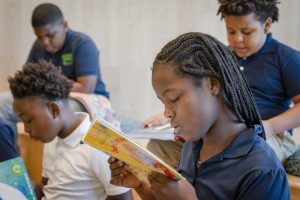
BCP’s founder Muriel Berkeley discovered DI while working with the Abell Foundation to either create or find the best way to teach reading in Baltimore’s public schools. She was fully prepared to write a curriculum and was gathering all the best science on how to do that. When she started looking into reading programs, she came across DI and called Engelmann. He invited her to come to Utah to see DI implemented. She came back to Baltimore and presented the DI curriculum as being the best choice for Baltimore.
At BCP, we have accumulated nearly three decades of data on the effectiveness of DI. Our children read at higher levels compared to similar schools. BCP schools consistently earn “highly effective” renewal ratings in absolute reading performance when compared to other schools with similar demographics.
Science-backed Direct Instruction
DI strives to eliminate ambiguity. The program’s clear, explicit instruction has been extremely successful for decades because it’s highly engineered and very precise. By placing students who are learning to read in small groups and continually adjusting placement based on frequent assessment, students can master skills and become confident readers at an accelerated pace.
Engelmann honed his DI approach analyzing student error patterns and observing the difficulties of poor readers. A few examples:
- There’s a tendency for students to look at pictures and then guess at what a word might be. In order to prevent the habit of guessing, Engelmann designed DI so students get to see pictures after they’ve sounded out a word or read a sentence.
- Engelmann also noticed the tendency for students to confuse similarly shaped letters, “b” and “d” for instance, especially when these letters are taught close together. He wrote the DI program to have “d” introduced on lesson 27 and “b” on lesson 121. By the time the students see the latter, they are very firm on the former and can see the difference in the letters.
- Poor readers also try to sound out words saying each sound in isolation but can’t put those sounds together to form the word. In DI, we train kids not to stop between the sounds. Blending the sounds is very important. Once they master the skill of blending, sounding out words is easy.
- In English, one letter may make different sounds in different words. In the DI reading programs, each symbol has only one associated sound. For example, in the kindergarten program and early in the first grade program, the long vowel sounds have a bar over them indicating the long vowel. The short vowel sounds do not have a bar. This modified orthography eliminates the need for emergent readers to sort through the possibilities of what a word could be by trying out different vowel sounds. Early in the first grade program, the final-e rule is introduced, and the modified orthography fades out. In the meantime, the students have accurately read consonant-vowel-consonant words and final-e ruled words since mid-kindergarten, and their transition to regular print is seamless.
It’s essential that teachers are trained and supported to teach DI correctly. Each BCP school has full-time instructional coaches, master teachers who are there to help coach and guide teachers to ensure that all students succeed. We train all our teachers and provide regular and frequent side-by-side coaching in the classroom. Read more about our coaches.
How Reading Instruction and Education was “Sold A Story”
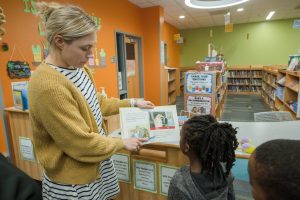
The recent Sold A Story podcast has grabbed the attention of the educational community, parents, and teachers alike. Host and education journalist Emily Hanford says a big reason for the recent reading wars resurgence is that during the pandemic’s remote-learning stage, parents were at home with their kids, witnessing teaching that was missing the mark and didn’t seem to make sense while their children struggled.. At the same time,Teach Your Child to Read in 100 Easy Lessons, co-authored by Engelmann, soared in book sales as parents decided to take matters into their own hands.
In 1968, the largest educational study ever, Project Follow Through, involved hundreds of sites around the country and examined 22 different instructional models, including DI. When the results were examined in 1977, “Direct Instruction had significantly higher academic achievement, self-esteem, and self-confidence than students in any of the other programs.”
Yet the U.S. Department of Education decided not to publish the results, choosing instead to talk about successful schools using each method as opposed to the most successful method. Not only was this a setback to Direct Instruction, it furthered the mistaken notion that the tools a teacher uses don’t matter.
BCP knows that tools do matter, and that placing powerful tools in the hands of skilled teachers offers the best hope of teaching all of our students to become successful, confident readers.
It’s fun to go into a school like Pimlico Elementary / Middle School, now in its third year as a BCP conversion charter school, where people have been teaching kids for a long time. We have teachers saying, “I have never gotten my pre-k kids reading before. The first time they were able to sound out words on their own made me cry. I can really see the difference between how successful the kids are now with reading versus before DI.”
At BCP, we have always followed the science of reading, and we haven’t wavered from that. We know that what we’re doing makes all of our kids successful.
Resources
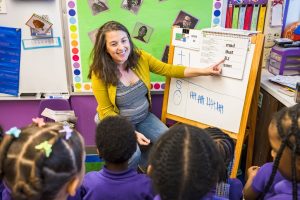
Listen to the Sold A Story podcast.
Read more about the impact Direct Instruction is having nationally to address pandemic learning loss.
Read All Students Can Succeed by Jean Stockard, Timothy W. Wood, Cristy Coughlin, and Caitlin Rasplica Khoury, which presents a comprehensive review of DI research, based on 500+ research reports over the past five decades.
